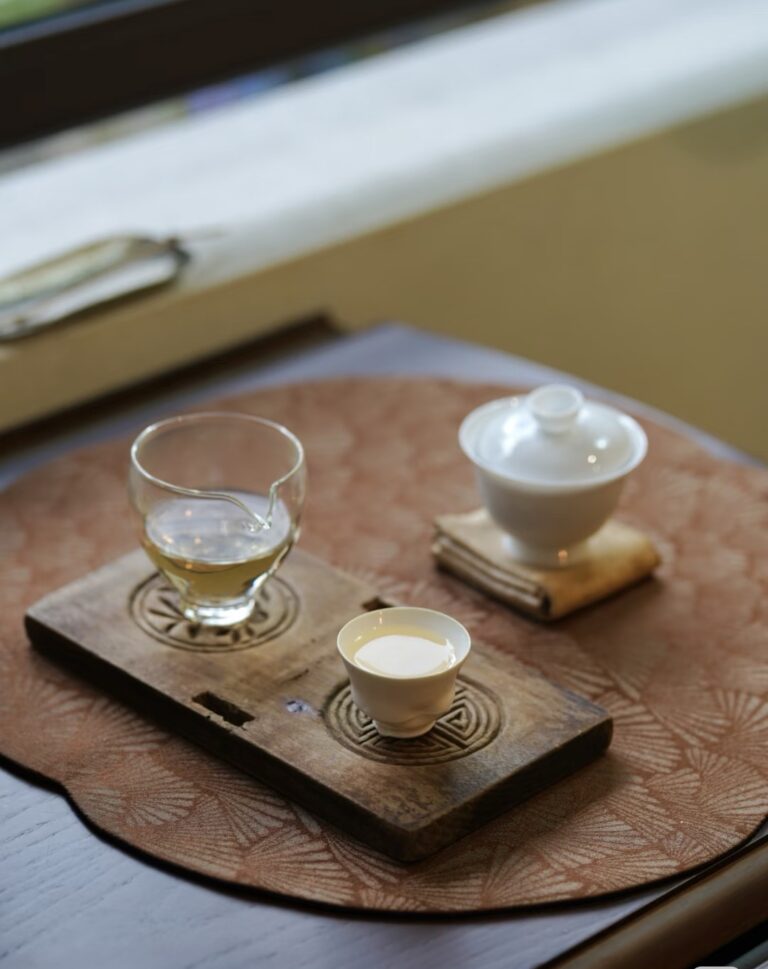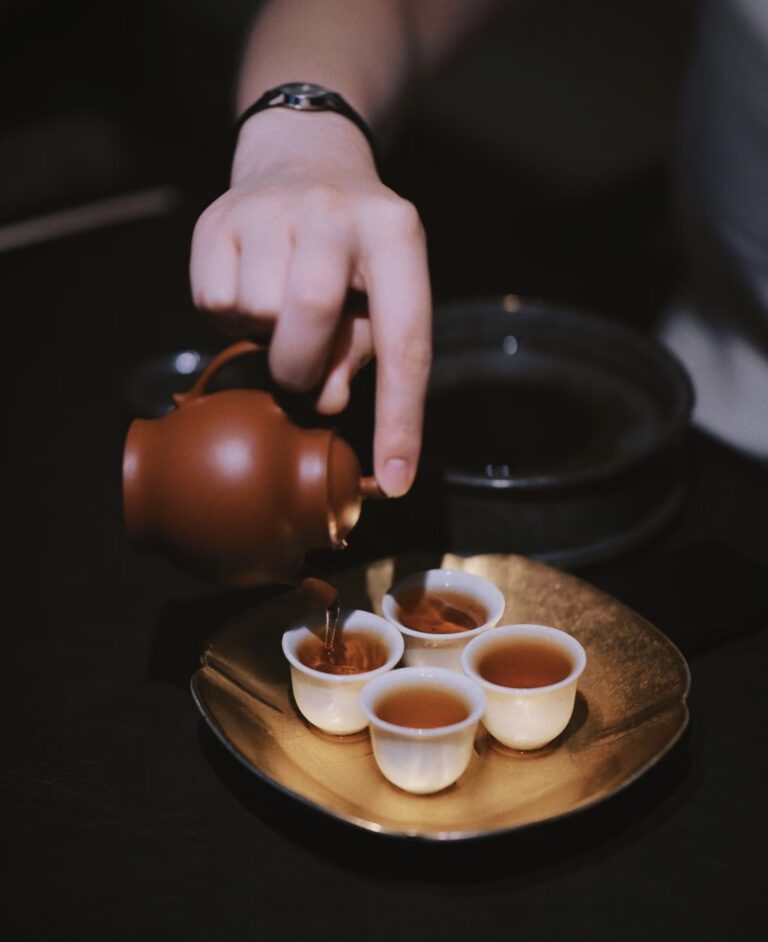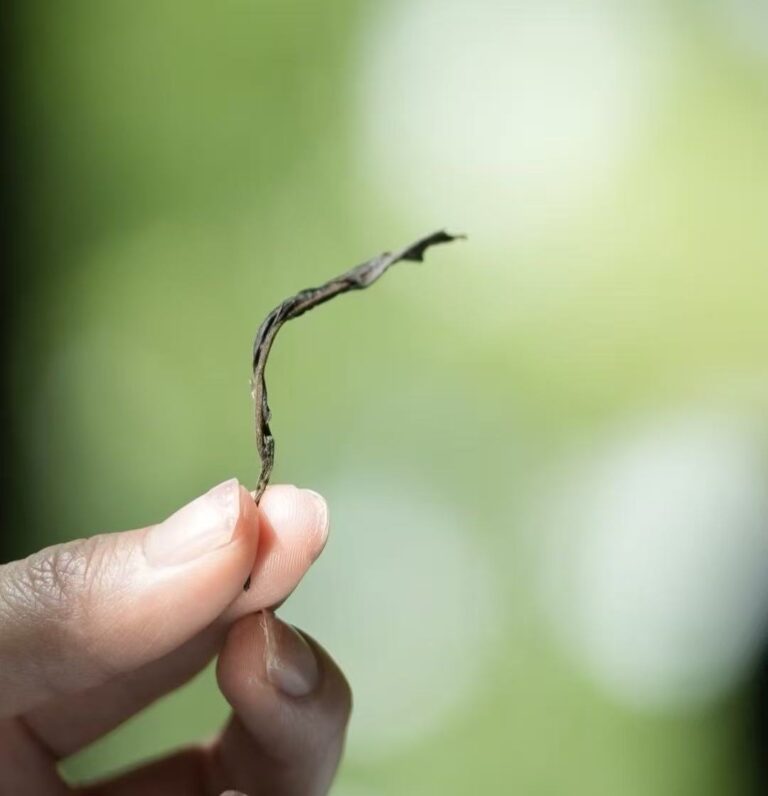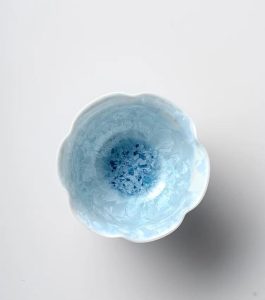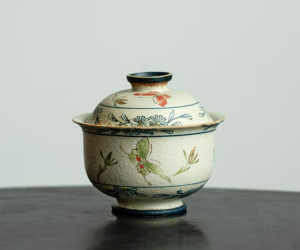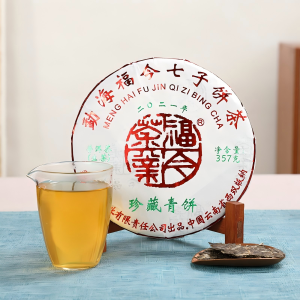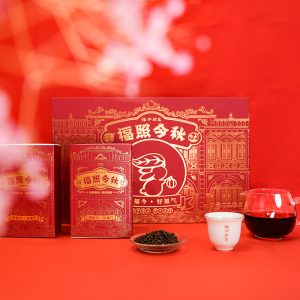
In the vast universe of tea, no single category elicits such a polarized response as Pu-erh. For the uninitiated, its aroma can be perplexing, often described as “fertile dirt” , “old mulch” , or even “fishy”. Yet, for those who have ventured down the rabbit hole, Pu-erh is more than a beverage—it’s a hobby, a science, and for some, a lucrative investment.
So, what is it about this fermented tea from Yunnan, China, that transforms casual drinkers into fanatical devotees? The obsession is rooted in a unique combination of ever-changing complexity, profound physical effects, and a deep connection to history.
A Never-Ending Journey of Flavor
At its core, the allure of Pu-erh lies in its dynamic and evolving complexity. Unlike a green tea that is prized for its freshness, Pu-erh is a living tea, designed to change and improve with age. This journey begins by understanding its two primary forms. For a deeper dive, you can check out our
comparative guide to raw and ripe Pu-erh tea.
- Sheng (Raw) Pu-erh: This is the traditional form, crafted to age naturally over decades. Young sheng can be vibrant, floral, and fruity, but often carries a potent bitterness and astringency that can be challenging for newcomers. With time, however, that sharpness mellows into an incredibly smooth, rich, and layered experience, revealing notes of dried apricot, camphor, and aged wood.
- Shou (Ripe) Pu-erh: Developed in the 1970s, shou Pu-erh undergoes an accelerated fermentation process to mimic the profile of aged sheng. A good quality shou is smooth, creamy, and deeply earthy, with comforting notes of dark chocolate, damp forest floor, and sweet wood. It’s this “earthy” quality that can be off-putting if the tea is of poor quality, leading to the dreaded “fishy” or “musty” taste.
For an enthusiast, the magic is in the session. A single serving of Pu-erh leaves can be steeped over a dozen times, with each infusion revealing a new layer of flavor and aroma—a narrative that unfolds in the cup over an hour or more.
The Elusive “Cha Qi” (Tea Energy)
Seasoned Pu-erh drinkers often speak of a sensation called Cha Qi, or “tea energy.” This is more than just a caffeine buzz. It’s a distinct physical and mental feeling—a warming sensation that can spread through the body, a feeling of deep relaxation, and a state of calm, focused awareness. This effect is often attributed to the unique combination of caffeine, L-theanine, and other compounds developed during the tea’s aging and fermentation process. Chasing this profound, almost meditative state is a primary reason many become so dedicated to the practice of drinking Pu-erh.
A Drinkable Antique: The Joy of Collecting and Aging

Much like fine wine, high-quality sheng Pu-erh has significant aging potential and can appreciate in value over time. Rare and well-aged cakes can fetch thousands, even millions, of dollars on the collector’s market. This has created a fascinating hobby around sourcing, collecting, and aging Pu-erh cakes. For these collectors, the process is a treasure hunt—seeking out specific mountains, vintages, and producers, and then experiencing the satisfaction of watching a tea transform under their own care.
The Gongfu Ritual: A Practice of Mindfulness
Brewing Pu-erh is often done in the Gongfu style, a method that uses a small vessel like a gaiwan or Yixing teapot for multiple short infusions. This process is inherently a ritual. It forces you to slow down and pay attention to the water temperature, the steeping time, and the subtle changes in the tea from one infusion to the next. This transforms the simple act of making tea into a mindful practice, a form of meditation that provides a welcome contrast to the pace of modern life.
From Digestive Aid to Overall Wellness
Beyond its complex taste and effects, Pu-erh is renowned for its wellness properties. Traditionally, it’s consumed after heavy meals to aid digestion, as the microbial cultures from fermentation are believed to help break down fats. Modern research has explored the many health benefits of Pu-erh tea , which include supporting cholesterol levels, promoting weight management, and boosting liver health. While it contains caffeine, many people find its effects to be less jarring than coffee. However, as with any caffeinated beverage, it’s wise to be aware of potential side effects, which are well-documented by health authorities like
To truly understand what Pu-erh tea is is to accept that it’s an acquired taste, but one with profound rewards. It challenges the palate with its unconventional, earthy flavors while offering a world of complexity, a unique physical sensation, and a deep connection to a rich history. For those willing to look past the initial “weirdness,” Pu-erh offers not just a drink, but a lifelong journey of discovery.

